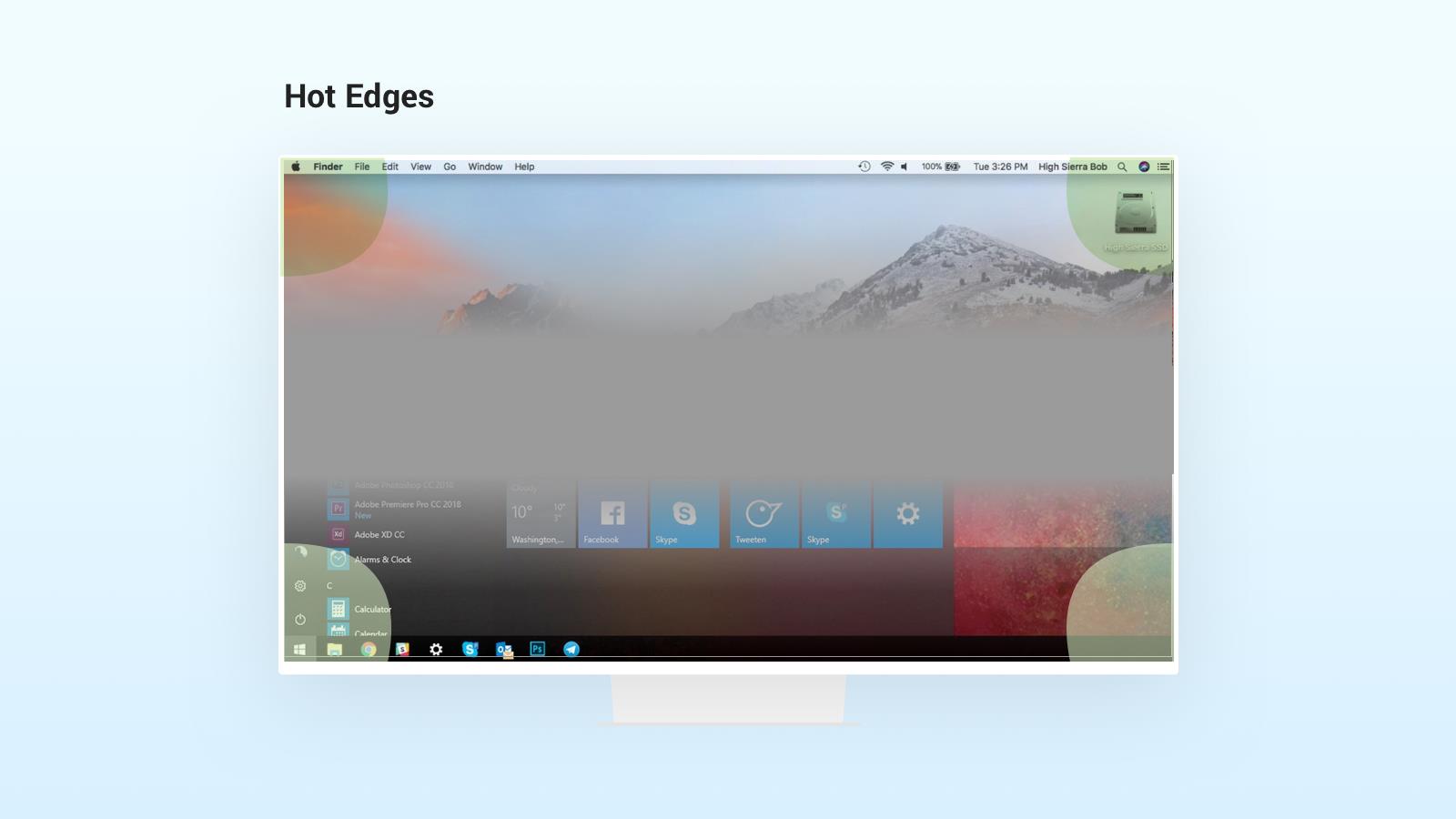The Fitts’ law was created in 1954 by Paul Fitts. The law was intended to model the act of pointing at a target on the computer screen. The law was created to cater to both the hand and mouse actions. Off late with the significance given to the User Interface and its different styles of interactions and operation, Fitts’ Law has gained more importance than before.
Fitts’ law is defined as the time to acquire a target is a function of the distance to and size of the target. Meaning, the closer and larger the target, the faster it is to click on that target.
The application of this law is during the defining/designing Interactions stage.
Implementation
This formed the custom of making interactive buttons large (especially on mobile devices) as smaller buttons are more complicated and time-consuming to click.
Thumb Zones
The use of thumbs is a very common way of interaction on the mobile devices. Of course, there are times when the thumb is not used.
However, when using the thumb, we need to consider that the Fitts’ Law applies only within the range of motion of our thumb. The problem occurs when an item falls outside of the thumb zone.

Hot Edges

The mouse cursor always ends at the edge of the screen. The user then needs much less accuracy because they can simply point the mouse in the direction of a corner and the limitations of the screen restrict where the pointer ends. This is why users see the Windows start menu and the Apple menu that are placed in the corners of the screen.
Summary:
Fitts’ law is a rule that should be in the toolbox of every designer for digital or physical mediums.
The basic logic found in Fitts’ law which insists that meaningful actions should consume meaningful space inadequate to be ignored.
Ask us a question or talk to one of our experts. Email us or call us at +1.469.374.0500.














